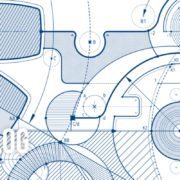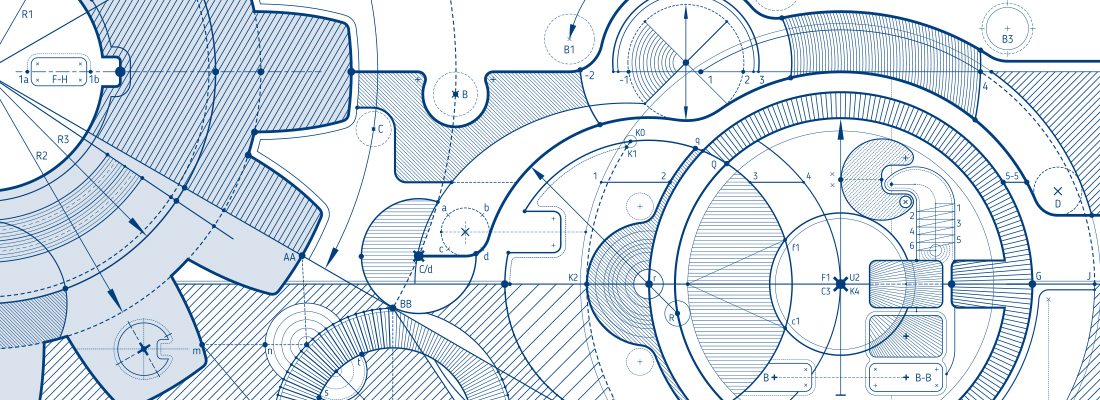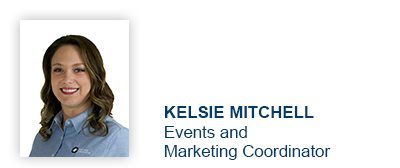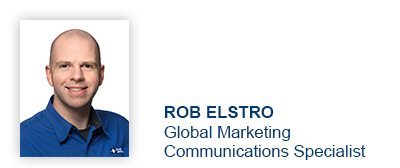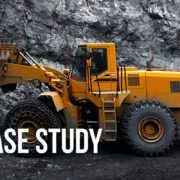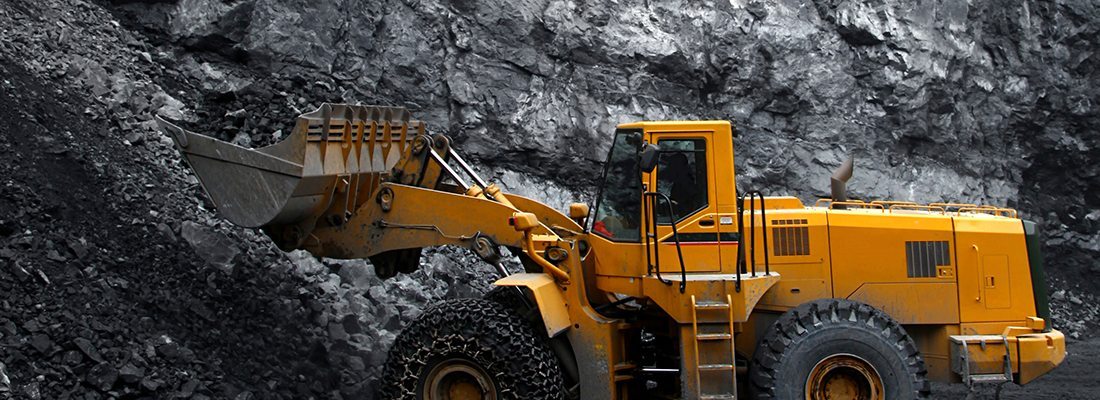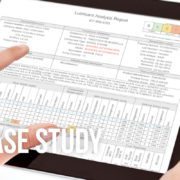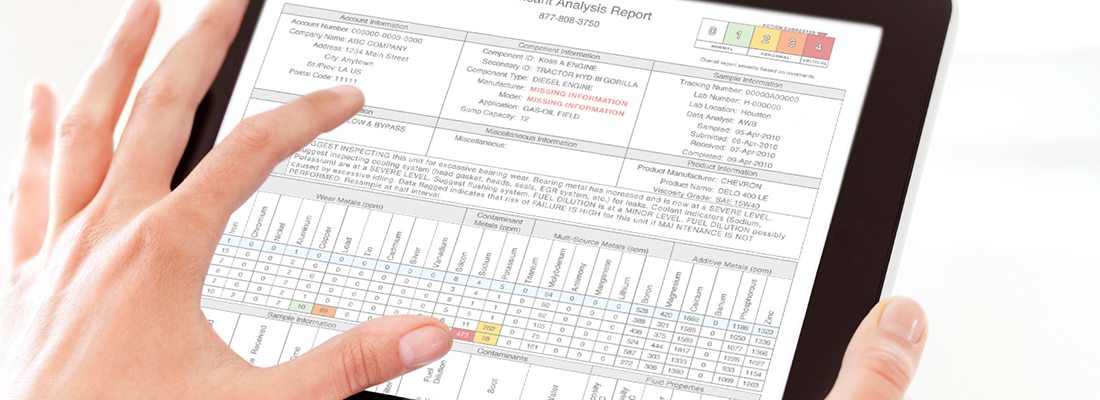Realizing Your Return on Investment, One Step at a Time

Whether your goal is to save money on equipment repairs or eliminate any excessive downtime, fluid analysis is an incredible diagnostic tool for enhancing maintenance programs. Used correctly, it can result in increased productivity, reduced maintenance costs and a serious boost in profits.
With the right combination of expert input and high level software, maximizing the Return On Investment (ROI) of your fluid analysis program is simple. If you’re ready to take action to discover your ROI, follow these ten simple steps.
- Set goals you can reach. If you’re not sure what your goals should be, our team at POLARIS Laboratories® can help you set manageable targets for your business.
- Designate a program champion. In addition to an experienced, well-trained team of maintenance professionals, a program champion can serve in a leadership role. Under their guidance, your program is sure to stay on track.
- Decide what to test. Make sure your test package reflects your maintenance needs. Whether you’re looking to extend drains or reduce downtime, your tests should reflect those predetermined goals.
- Establish a sampling frequency. There is no one-size-fits-all answer when it comes to sampling frequencies. When deciding your sampling frequency, be sure to take into account the recommendations of the original equipment manufacturer, the equipment’s environment as well as well as the timing of the sample.
- Have a complete view of your equipment. The more you know about your equipment, the more information you can supply. This information is critical as data analysts work to provide in-depth comments and recommendations.
- Take action to minimize your sample turnaround time. Pre-logging your sample information online, providing clear instructions and tightly closing all sample lids are all good ways to help ensure a fast turnaround time.
- Once you receive your reports, take action! Receiving the reports is not enough, you must review the data analyst’s recommendations and take action to address critical reports. This could mean anything from ordering more testing, re-sampling, monitoring a unit or taking immediate action.
- Organize your data. Use a data management system to run reports and identify trends within your data.
- Continue monitoring your fluid analysis system. Make sure you’re taking appropriate action and providing feedback to the laboratory on actions taken.
- Choose the right laboratory. Choose an accredited laboratory that fits your program needs.
Keeping clear, detailed accounts of your management reports and your actions taken will not only help you realize the ROI of fluid analysis but also help you show others the value of your program.
For more information on maximizing the ROI from your fluid analysis program, download this technical bulletin.
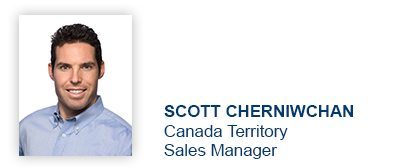
Proven Impact. Proven Uptime. Proven Savings.
Let us prove it to you.


